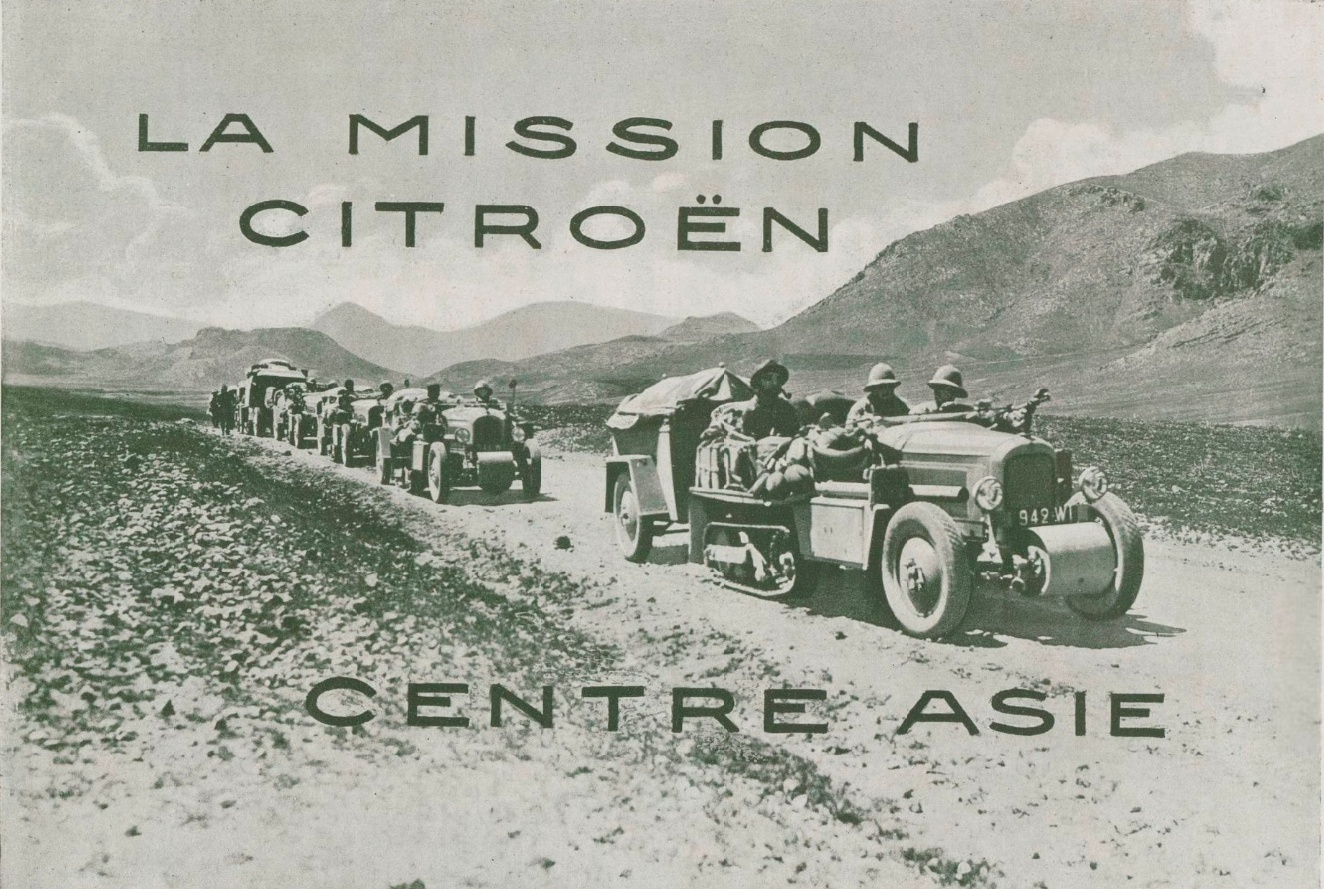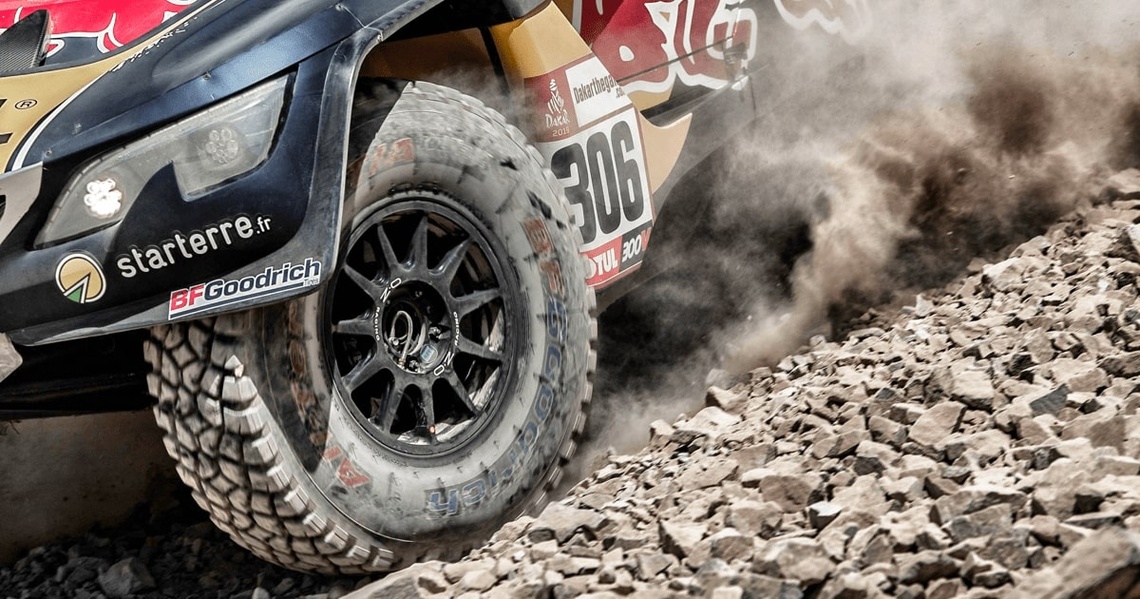The Sahara alone has about 15 different types of sand. They can be inspected at the Sahara Museum in Ghardaia in Algeria. A friend, his family owns a commercial sandpit, has got about 50 sands in his collection.
The theory is well and good, as pointed out, the practise is different though.
Citroen undertook several expeditions 100 years ago with "Autochenilles" into the deserts of the world in Africa and Asia. Earlier attempts by Renault in Algeria with 6-wheelers had partially failed, mainly due to tire constraints..they just couldn't carry enough spares..
URALISTAN - croisière jaune, mission Centre-Asie ou 3e mission G.M. Haardt Audouin-Dubreuil. L'expédition en autochenille Citroën de Beyrouth à Pékin, 1932.

uralistan.fr
The Renault story, both in French only..:-((
Tires are a source of endless discussion amongst 4x4 enthusiasts..always have been and always will be. Different strokes for different folks, I guess.
Underlying principle when into serious off-roading: Tires are your best friend, buy the very best you can afford and look after them. Tire pressure (mainly lack of) is the source for 90% of all punctures on one hand and is the biggest source (or lack) of traction, on the other.
Tubed tires are a thing of the past. A tube can always be inserted if need be, a shorn off valve on a tube can't be replaced though. Sometimes you hear "tire specialists" saying "tubed tires for the desert"...don´t listen, that´s a load of nonsense. Tubeless tires with triple sidewalls is what you want. The more rubber, the better, i.e. 16" is preferable over 17" is preferable to 18" with the same overall circumference.
"Standard" tire for desert applications in Africa on EU vehicles used to be a 255/85 16 BFG MT or 8.25/9.00 R 16 XZL..with the latter being rare and sort of unaffordable. 17"are a very recent thing in Africa, 18" unknown and 16" widely available.
The earlier comment in a post on narrow rims is a valuable one. A tire dealer will give you a no, no on 6" rims for 255, that is his theoretical approach. In practise, the narrower, the better on sand (we have run them on 5,5" down to 0,8bar w/o any problems)..
More rigid "truck type" tires are unsuitable on sand, due to their inability to flex in the sidewalls. They are built for strength with heavy loads on pickups or the like, mainly on road, even if the name suggests different:
Shop for 285/70R17 Car Tires in Shop by Size. Find tires for your Car with a 17-inch diameter, 70 aspect ratio, and 285 widths.

www.bfgoodrichtires.com







